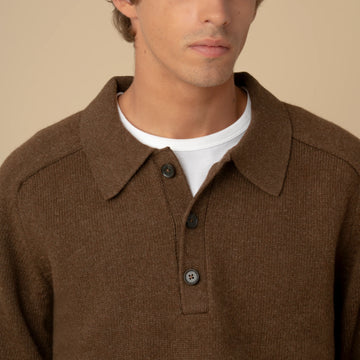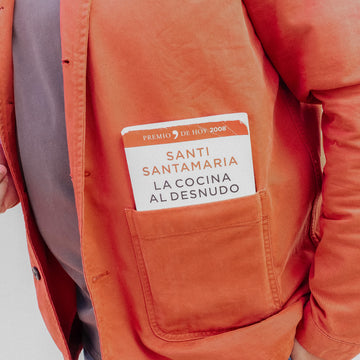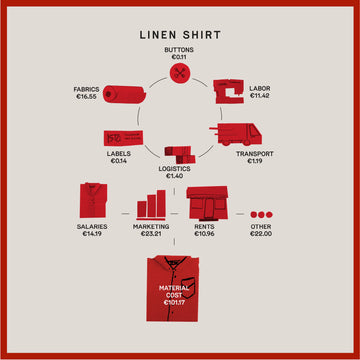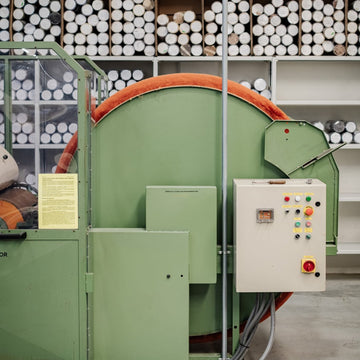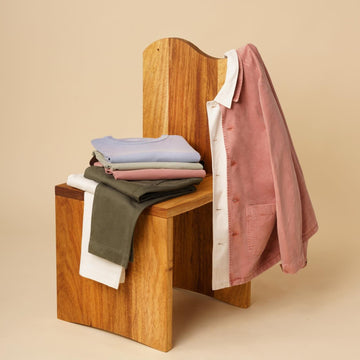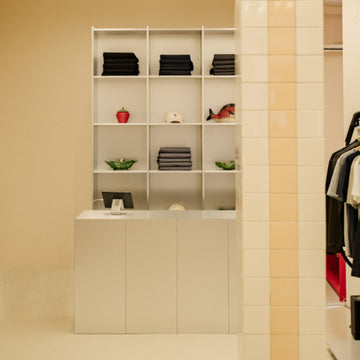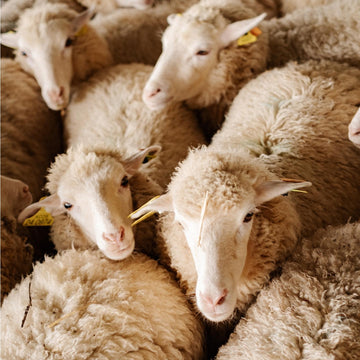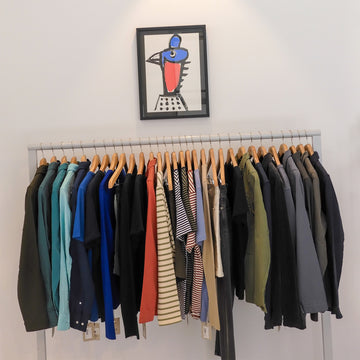MAGAZINE
NICK CARVELL
ISTO. London Series: Nick Carvell - Journalist
First of all, can you tell us a little bit about yourself; where you're based, why you chose to work in the fashion industry and what excites you about it?
I'm Nick Carvell, menswear, fragrance and interior design journalist based in Bedford. By day I am Head of Content for Walpole British Luxury and by night I am a contributing writer for publications including GQ, the Guardian, Mr. Porter and Inigo. In hindsight, I think the world of fashion and design captured my attention initially because I've always been fascinated by the ways people present themselves to the world. Also, growing up in the suburban East Midlands, the glamour and excitement of such a fast-paced world really attracted me to men's magazines. However, when I got into the industry, I realized pretty quickly that it's getting to meet the people who are truly passionate about what they do and are trying to change the industry for the better that is the real excitement. Speaking to makers about the craftsmanship, care and construction that goes into their pieces are continually inspiring.
How have you been getting on with your ISTO. pieces since our shoot? Have you taken them on holiday or been wearing them on an almost daily basis?
I chose real workhorse pieces for this shoot so I have been really putting them through their paces since! I haven't been lucky enough to have a holiday yet, but the items I chose - jeans, a button-down, a Breton shirt and a light ripstop jacket - have been perfect for work as we've transitioned from spring into summer. With the humidity and heat, layers are the only way to survive right now and these pieces all provide ample opportunity for layering up or down with the rest of my wardrobe.
Is there one piece you've particularly enjoyed more than the rest and how are some ways in which you've incorporated it into your existing wardrobe?
There has barely been a day since the shoot that I haven't worn the ripstop safari jacket. One of the ways I'm achingly British is that I find it very hard not to leave the house with a jacket – "just in case". This jacket is perfect as it's light, is smart enough to wear with trousers but also casual enough to be worn with shorts, and is very forgiving if you have to scrunch it up to carry it.
Can you tell me about the items you brought to the shoot? Why did you choose to bring them and what do they mean to you?
I brought my favorite pair of trainers with me. These little leopard print legends came on honeymoon with me in 2019 as my husband and I trekked around the south of Italy. As you can see they got absolutely destroyed in the process: discolored in the dust of Pompeii, trampled by passengers in the smallest bus I've ever seen in Capri, submerged in the Aqua Alta in Venice. Even though they have holes in them and the rubber soles are cracked, I don't think I'll ever be able to throw them out - they're priceless.
How important is brand transparency in this day and age?
Very. The environmental impact of the fashion industry will not be solved overnight, but honesty about what a brand is doing to be more sustainable (and what they're working towards that isn't possible quite yet) is paramount for me.
In your opinion, what are the markers of a versatile and sustainable wardrobe?
It's all about quality over quantity. During the pandemic, I donated or sold all of the items I had accumulated from fast-fashion brands and started replacing them with pieces that are made from decent materials (cotton, linen, silk, wool, or - for sports gear - recycled polyester). The result is I have far fewer things in my wardrobe than I did ten years ago, but more pieces I wear and more pieces from companies or makers that I want to support and see succeed. Also, I pared down the number of colors so more pieces match up with others. I now only really buy pieces in blues and beiges, with occasional pieces in black and green for variety.
What advice do you have for someone who's wanting to build a more sustainable wardrobe? Where do they start?
The first thing is to look honestly at what you own and take stock of what you wear versus what you don't. One of the key markers of a sustainable wardrobe is how often you wear the pieces you have – if you are wearing the same pieces over and over as opposed to buying new ones, that's far better for the environment. The first thing I did when I had my wardrobe streamlining session at the start of the pandemic was to get everything I owned - from hats to shoes to underwear - out of where they were stored in a big pile. It will shock you how much you own and how much of that you rarely wear, and that will serve as the first motivation to strip it down to a smaller wardrobe of garments you wear far more often. For example, I now only own 10 T-shirts when I used to have two drawers full of them.
What ensures that a product – be it a garment or an accessory – ages well?
Construction is paramount, but also the material it's made from. You can have a beautifully constructed cashmere jumper, for example, but if it's a lower grade cashmere then it will bobble far easier as the fibers are shorter than a higher grade cashmere. Of course, you still have to care for the piece right (get yourself some cashmere wash and a cashmere stone), but whatever you're buying, it's always advisable to get the very best material you can justify to ensure the piece lasts the longest it possibly can.
What are your major gripes with the fashion industry today and how can we go about fixing them as individuals?
So many of the problems that need fixing with the fashion industry are so huge and so global that it can feel very disempowering - you suddenly feel very small in a very large conversation. However, collective action is the way to wrest back some of that power. If we all support brands who are transparent about their sustainability, use fabrics that won't end up languishing in landfill for hundreds of years, and treat their employees fairly, then we will start to tip the balance for these practices becoming the norm. And, of course, buying less, but buying better.
What do style and dressing well mean to you?
Confidence.
Nick Carvell
https://www.nickcarvell.com/
London, United Kingdom
Photos: James Edward Holborow
Text: Benedict Browne

AND SPECIAL PROJECTS AND RECEIVE 10% OF YOUR FIRST ORDER
